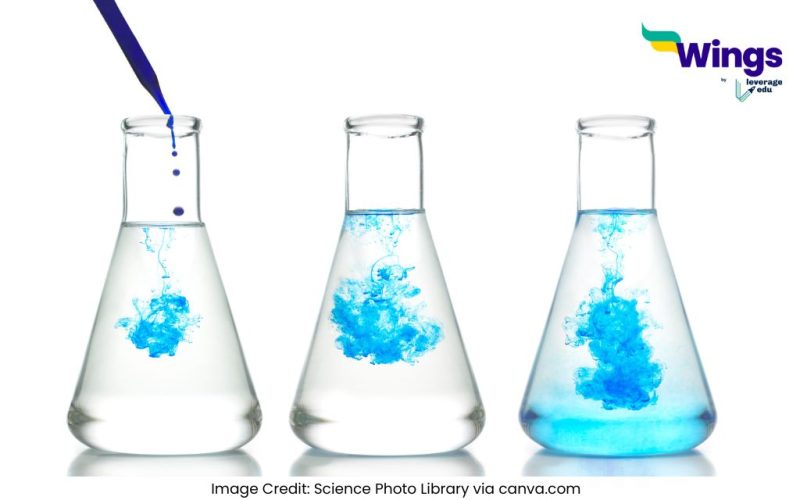The correct answer is option A. A semipermeable membrane is required for osmosis while diffusion requires no semipermeable membrane.
Explanation
What Are Diffusion and Osmosis?
- Diffusion: It is the movement of particles (solute or solvent) from an area of higher concentration to an area of lower concentration until equilibrium is reached. No semipermeable membrane is required.
- Osmosis: It is the movement of solvent molecules through a semipermeable membrane from a region of lower solute concentration to a region of higher solute concentration. Osmosis is specific to solvent molecules and always involves a semipermeable membrane.
What is the Difference between Diffusion and Osmosis?
| Property | Diffusion | Osmosis |
| Definition | Movement of particles from high to low concentration. | Movement of solvent through a semipermeable membrane. |
| Semipermeable Membrane | Not required. | Required. |
| Direction of Movement | Occurs in all directions. | Solvent moves to the area of higher solute concentration. |
| Substance Moved | Solutes and solvents can move. | Only the solvent moves. |
| Example | Perfume spreading in air. | Water absorption by plant roots. |
Based on the differentiation:
Osmosis fundamentally requires a semipermeable membrane to regulate the selective movement of solvent molecules. Without this membrane, the process cannot occur. Diffusion, on the other hand, is a general movement of particles and does not involve a semipermeable barrier.
This core distinction justifies why option A is the correct choice, as it highlights the necessity of a semipermeable membrane exclusively for osmosis.
Common Doubts
 45,000+ students trusted us with their dreams. Take the first step today!
45,000+ students trusted us with their dreams. Take the first step today!


 One app for all your study abroad needs
One app for all your study abroad needs










